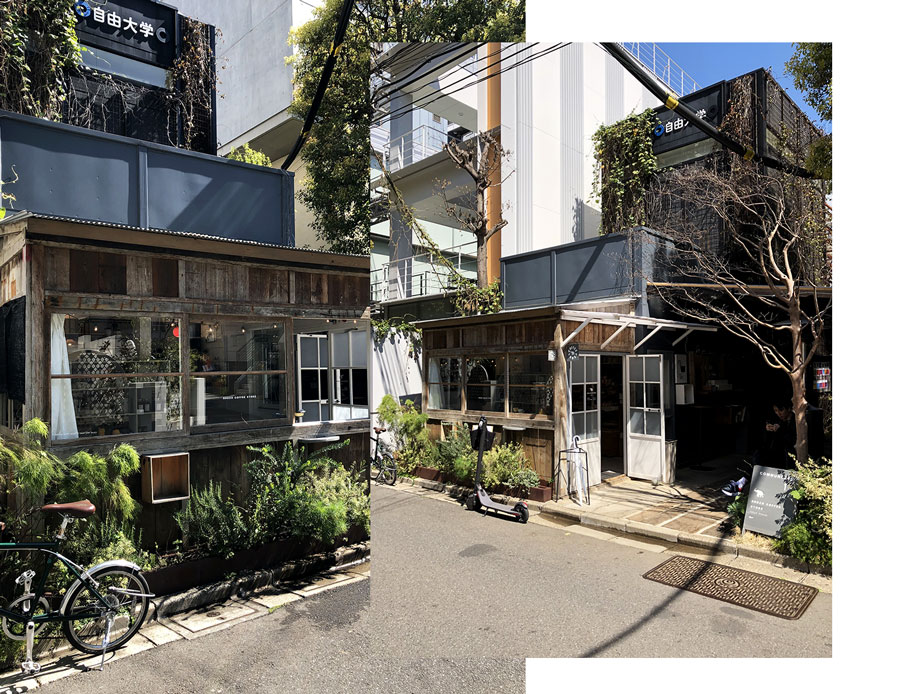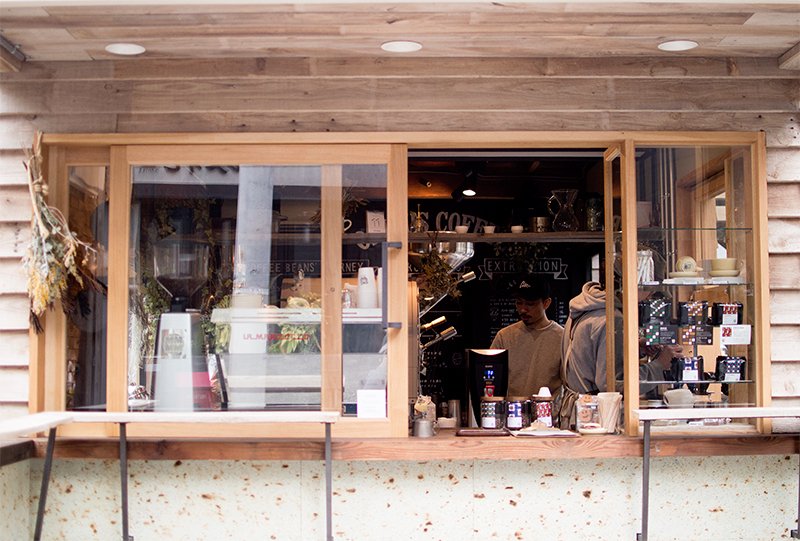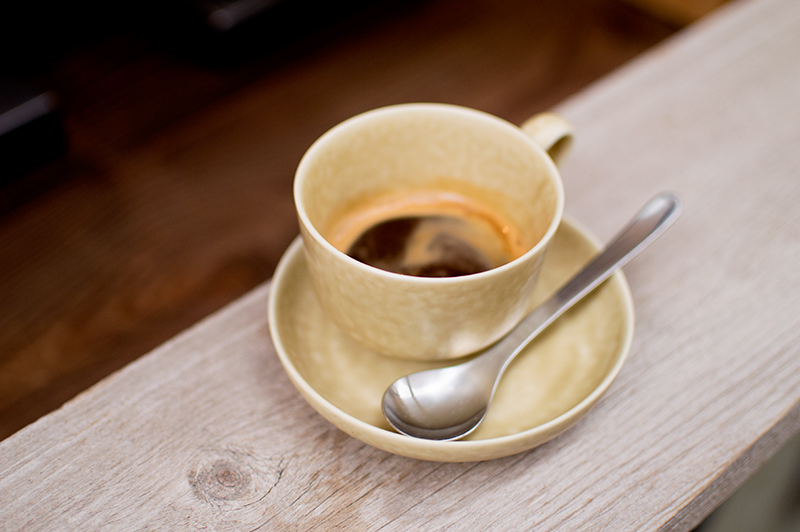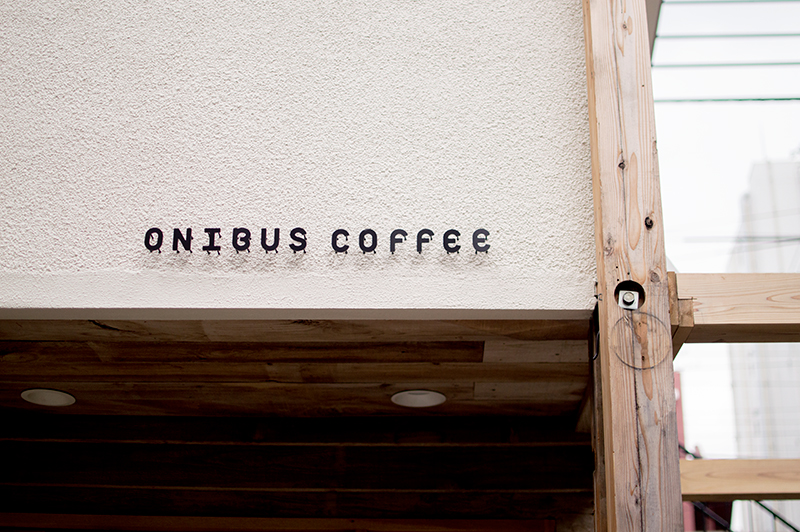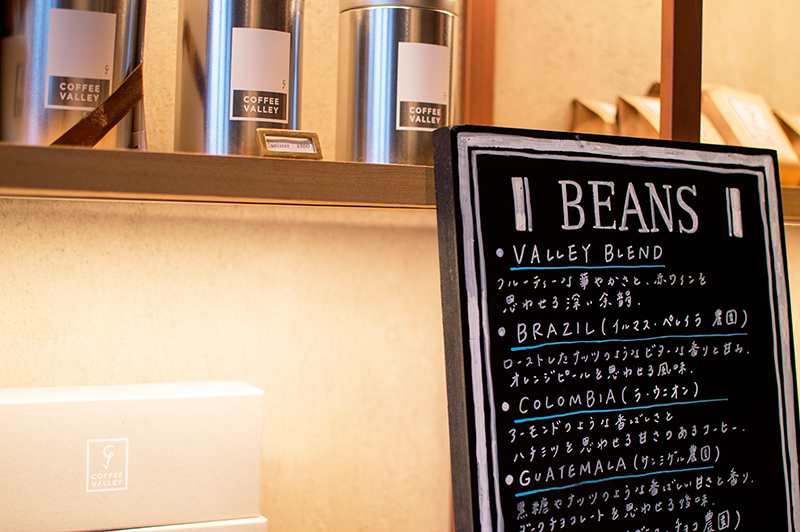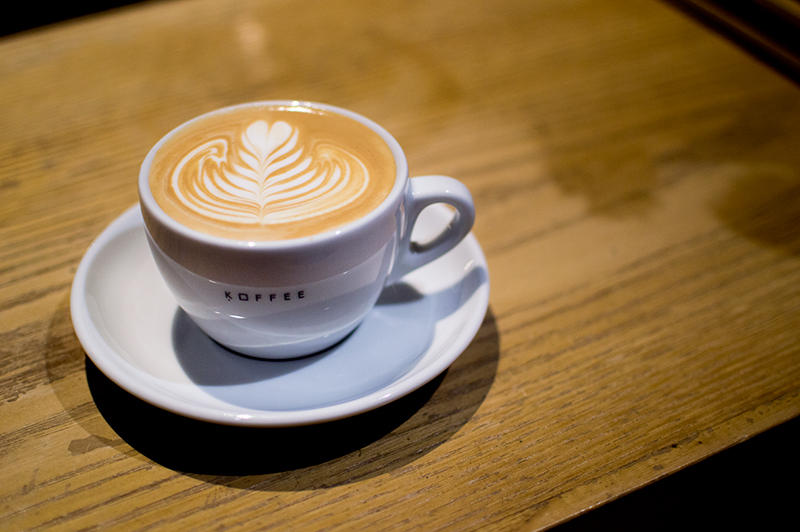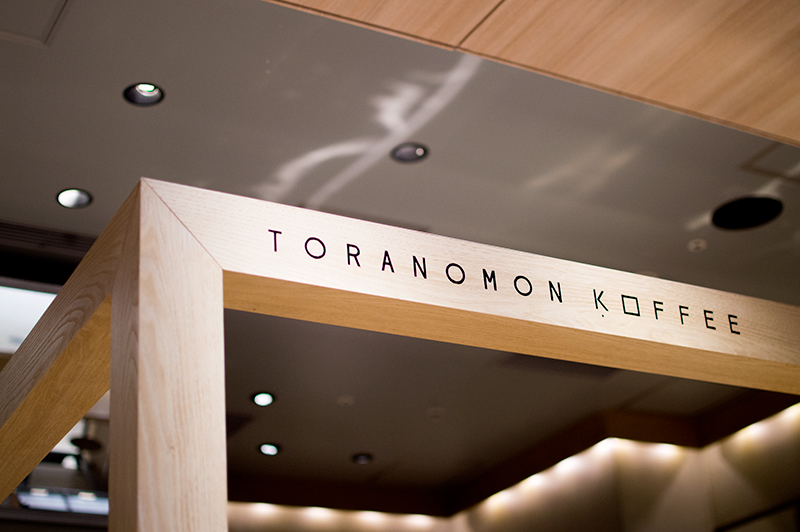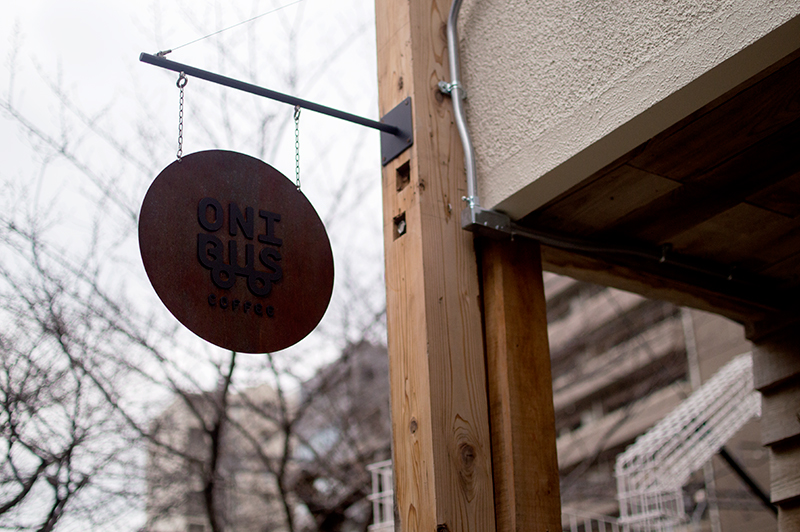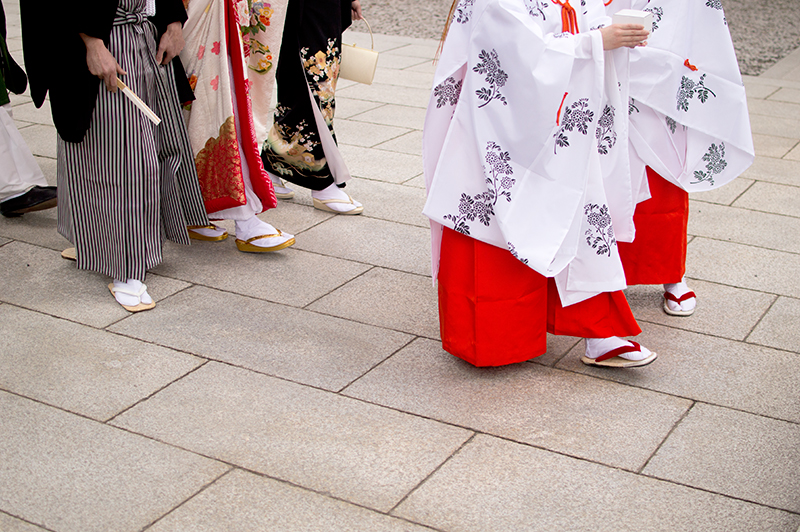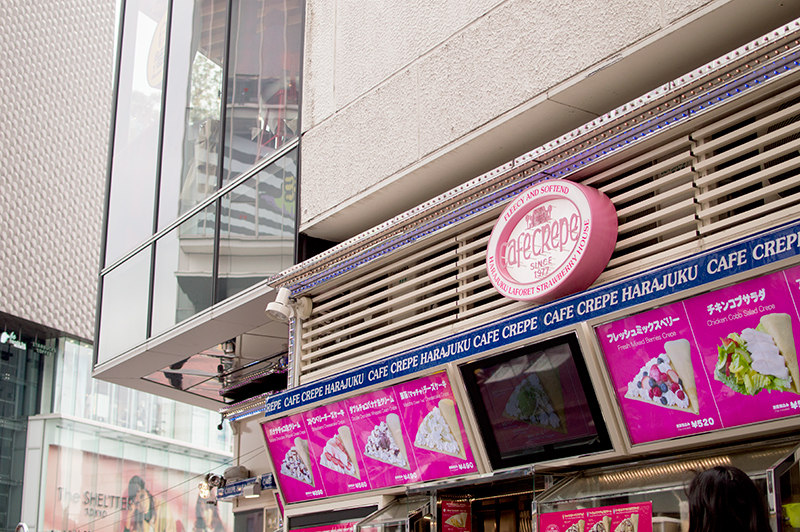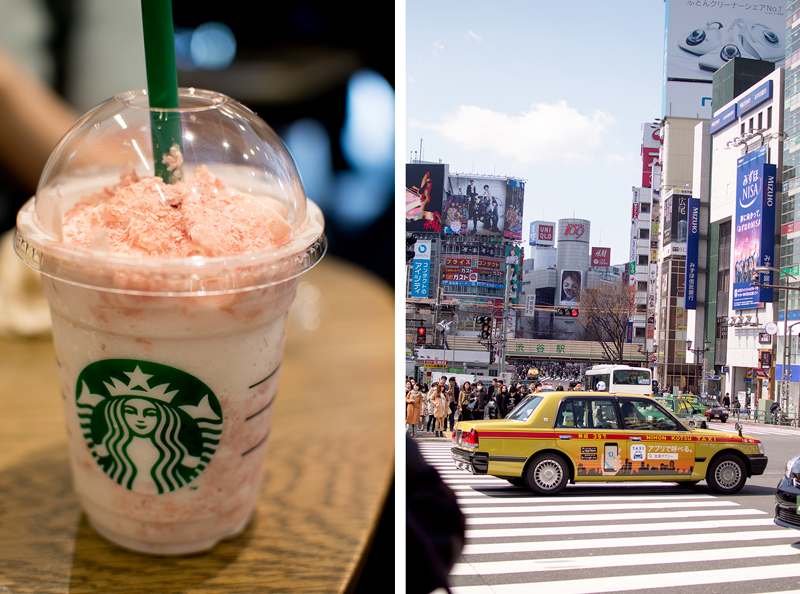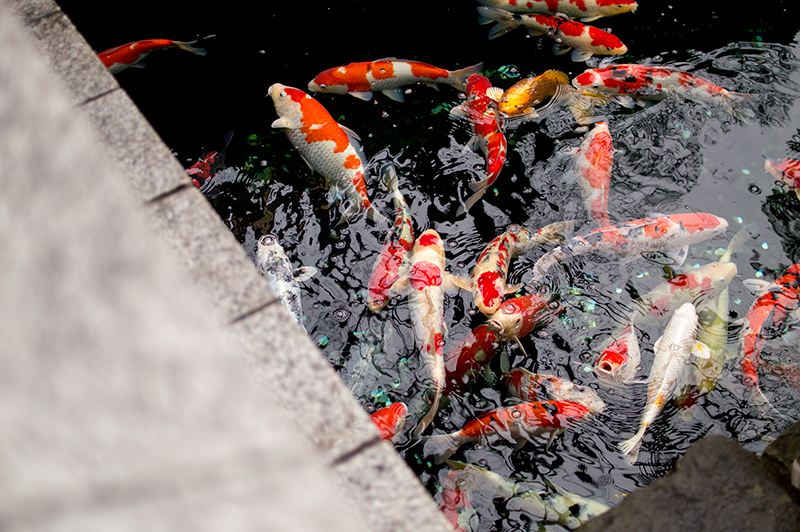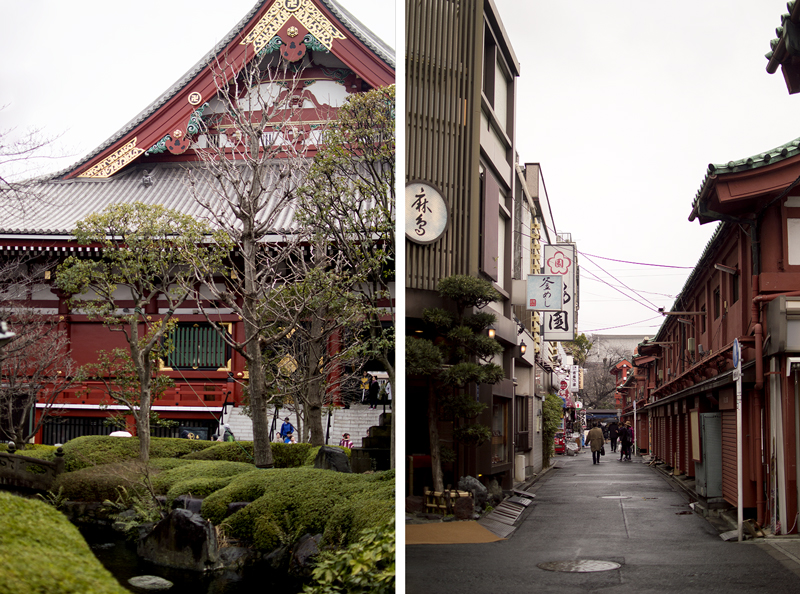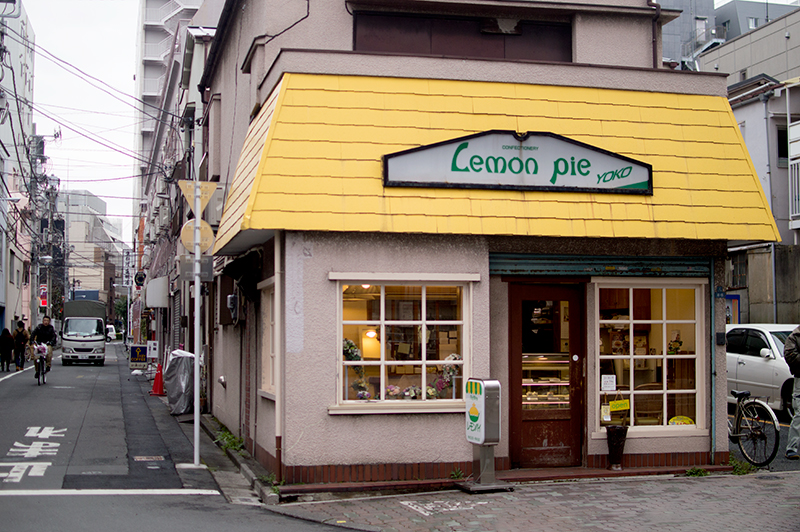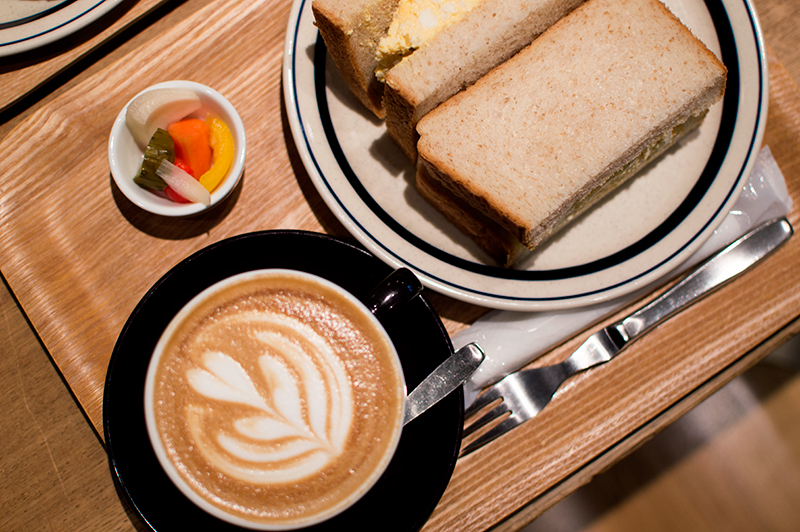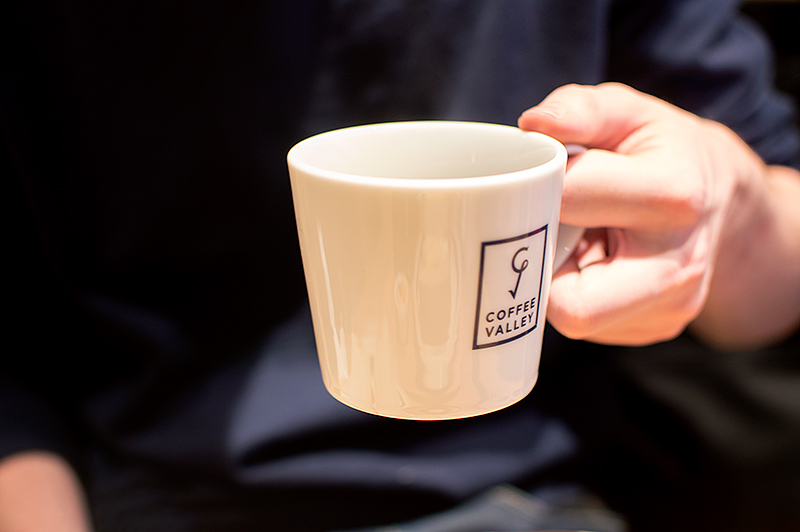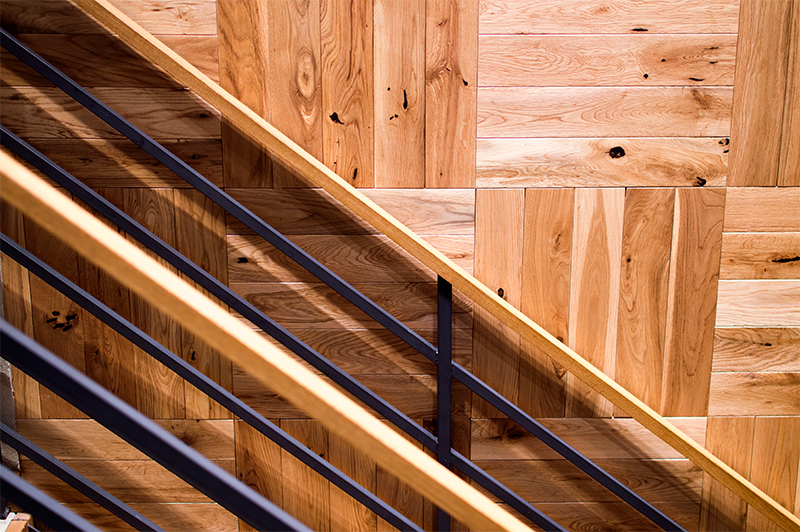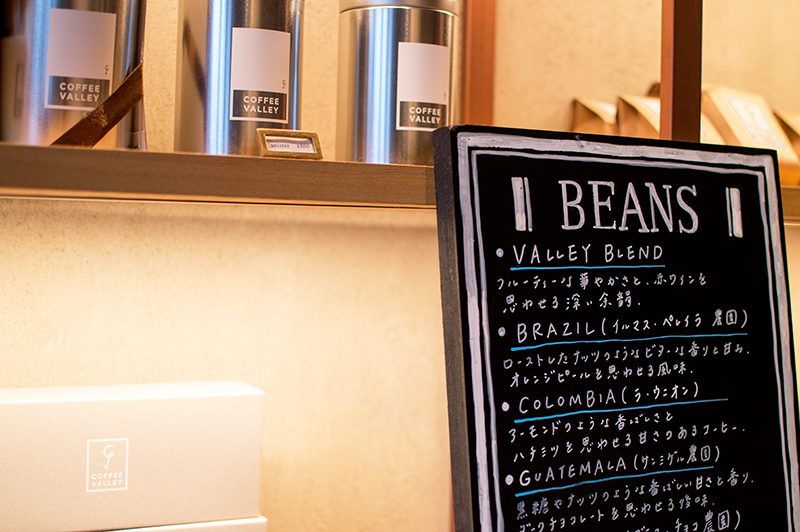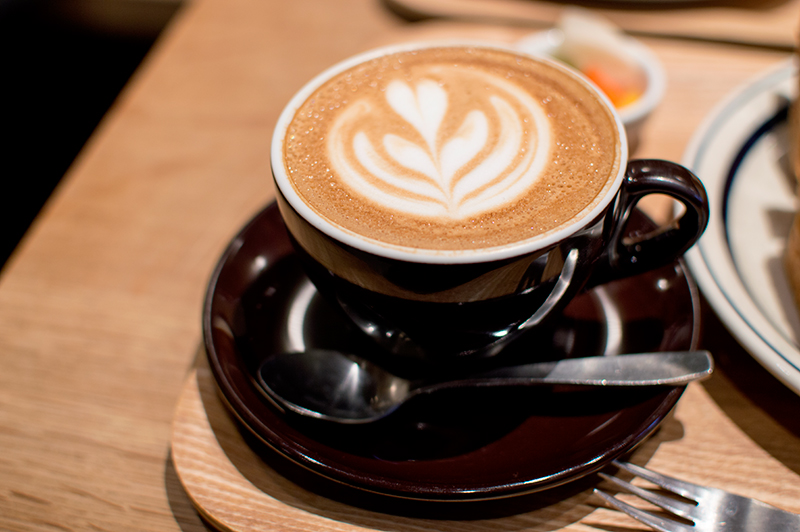 Shozo Coffee Store | Aoyama, Tokyo | Coffee & Snacks | Map
Shozo Coffee Store | Aoyama, Tokyo | Coffee & Snacks | Map
In the space of five minutes around 10 people stopped by to take photos on our recent visit to Shozo Coffee Store. It’s true, the cafe itself is incredibly Instagram-worthy, but the aesthetic doesn’t feel out of place in the neighbourhood (Cafe Kitsune is just down the road). In short, this coffee shop feels genuine. Which makes it a real shame that only 2 out of the 10 people who took photos actually stopped to grab a coffee/food. Because in a time where cafes are designed ‘for the gram’, Shozo is a breath of fresh air.
Shozo Coffee Store
Located in the stylish neighbourhood of Aoyama, Shozo Coffee Store is just off the main road – yet it feels worlds away from the trendy cafes and fashion houses of Omotesando. The rustic, natural look of the cafe has a uniquely Japanese style inside and out. Oddly it’s a style I’ve not found to be popular in Europe.
Shozo’s ‘branding’ isn’t restricted to the outside though. Step inside and you’ll find an array of baked goods (they’re known for their scones), branded items, and of course high quality coffee. All compacted around two very small seating areas (there’s more outside), albeit it rather stylishly. We tried the cinnamon buns and coffee and bought some coffee jam to take home). The pastries were delicious and the coffee went down a treat, the two together making the perfect combo. With the light filtering through the linen curtains, and the friendly staff smiling and chatting away alongside some gentle background music, we felt a moment of serenity in the midst of busy Tokyo.
If you fancy finding out more, check out Shozo Coffee Store’s Instagram to see their food offerings, and get a behind-the-scenes look at the Tokyo coffee scene.
See more: Tokyo Coffee Guide


